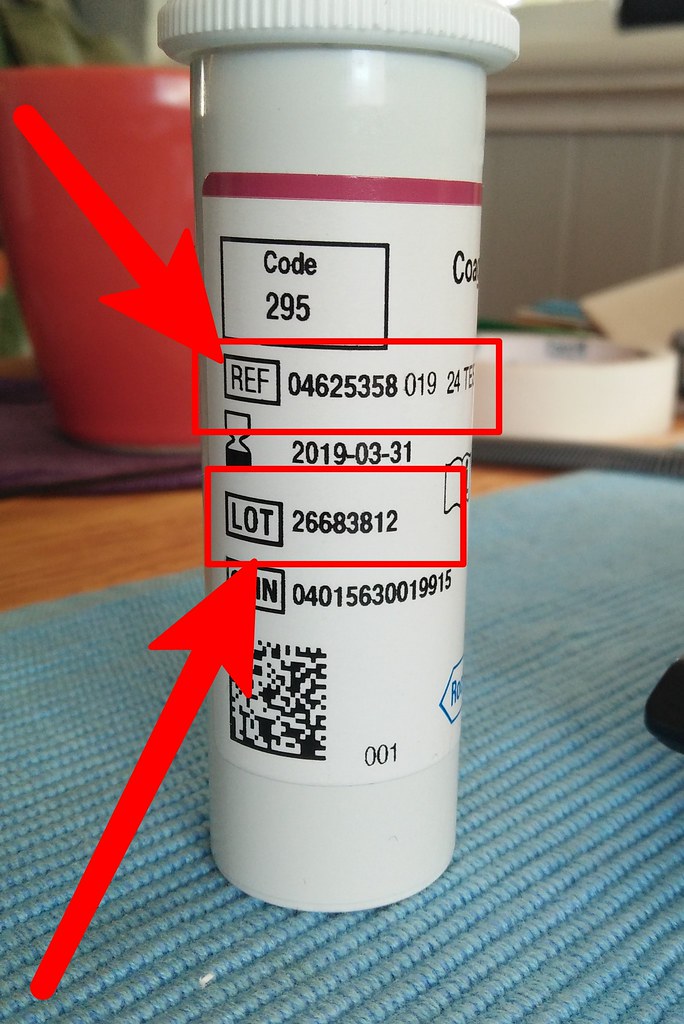I just received a registered letter from my coaguchek supplier. Some strips from a number of lots have given some bad INR numbers. If you have had INR readings above 4.5 with any strips from any of the affected lots you need to get a confirming INR from a different source. Apparently this is not a recall. I am currently using strips from one of the listed lots but have not had an INR reading above 3.8 and Coaguchek tells me I can continue using these strips until I get my next automatic shipment early in October. I am not computer savvy enough to attach the letter I received but they give the following 800 number if I had any questions....800-428-4674......or I suppose you could call Roche directly. More than likely those of us using an INR service are being notified.......but maybe not for those of you buying strips on ebay, etc. This doesn't sound like a problem unless you are getting readings above 4.5 and I am not trying to alarm anyone.....this is FYI only.
Last edited:

























